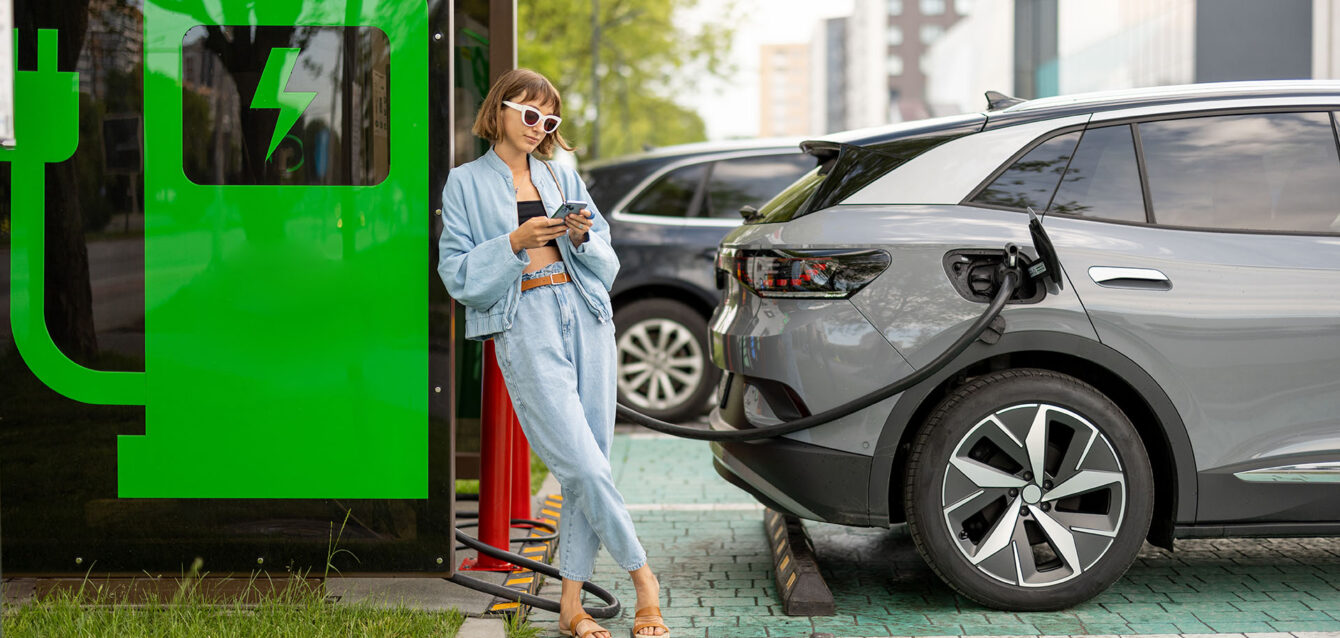Lithium-ion batteries can be said to power our lives. They can be found in virtually every type of electrical and electronic device, from consumer products such as smartphones and laptops, to medical devices, to cars and even advanced industrial equipment.
Without batteries, our ability to stay connected and get things done would be very limited indeed. However, the widespread use of these batteries has also drawn attention to our safety. Although they are an efficient and effective source of energy, they pose a higher risk of fire.
In general, tested and certified batteries are safe under normal conditions of use. The risk arises from improper manufacture, handling or damage to the battery. It can then overheat or even explode, which can have disastrous consequences.
This is also shown by the global statistics on e-bike and e-scooter fire fatalities, which have doubled in the last year.
In this article, we have summarized basic information about lithium-ion batteries, their use and safety precautions not only for small devices, but also for e-bikes and e-scooters.
What is a lithium-ion battery?
This battery is a lightweight, rechargeable and powerful battery with a long service life. It can also store large amounts of wind and solar energy, making it possible to create a fossil fuel-free society. It is used for energy storage and to power electric vehicles (EVs).
Electromobility could not develop without rechargeable batteries.
There are three categories of lithium-ion batteries:
– small batteries found in electronic devices and hand tools
– larger batteries, which are used in mobile equipment such as forklifts and electric vehicles
– large-scale energy storage systems, typically used for an uninterruptible power supply or in conjunction with renewable energy generation equipment

What are the risks of lithium-ion batteries?
These batteries collect a lot of energy in a small space. When this energy is released, it generates heat in an uncontrolled way, which can turn some of the internal parts of the battery into flammable and toxic gases.
Heat, smoke, the release of toxic gases and the possibility of explosion are hazards associated with lithium-ion battery fires.
What are the risks of lithium-ion batteries?
These batteries collect a lot of energy in a small space. When this energy is released, it generates heat in an uncontrolled manner, which can turn some of the internal parts of the battery into flammable and toxic gases.
Heat, smoke, the release of toxic gases and the possibility of explosion are hazards associated with lithium-ion battery fires.

The most common causes of fire from lithium-ion batteries
One of the most common causes is overheating of the battery. Overheating can occur as a result of overcharging, over-discharging, rapid charging, overheating of the environment or other external factors.
Battery fires also occur when:
- mechanical damage to the battery, such as perforations, knocks or compression, water damage
- the use of incompatible chargers or the use of batteries that are not designed for the equipment
- manufacturing defects
- electrical damage – persistent charging even after reaching full charge
- exposure of the battery to extreme temperatures
Safety precautions for equipment containing a lithium-ion battery
- Buy products that are officially tested and certified. They are also labelled accordingly.
- Do not charge the battery when it is already charged.
- Use a charging device that is only compatible with your device. To be safe, only use the charging device that comes with your device.
- Stop using your device if the battery shows signs of damage such as unusual odor, excessive heat, cracking, swelling, or discoloration.
- Have all repairs performed by a qualified professional.
Where is the safest place to charge e-bikes and e-scooters?
Focusing on the physical aspect of battery fires, even the slightest damage to the battery can cause spontaneous combustion and even explosion. This creates a fire that is almost impossible to extinguish. Battery damage is usually located inside the battery, so it is not always visible on the battery. For this reason, the most important precaution should be the recommendation to charge batteries in a special lithium case. There are already products on the market that are approved and tested. Various fireproof enclosures that resist battery fire and the force of any explosion, thus preventing the spread of fire.
However, if you don’t have a special case for charging. The safest place to charge e-bikes and e-scooters is outdoors, away from any structure or enclosure and not in direct sunlight.
If you charge your e-bike or e-scooter indoors, provide a safe place, away from combustible materials and so as not to block an escape exit.
Other precautions:
- Do not charge the battery unattended or while sleeping.
- do not charge the battery if the charger or battery is damaged
- do not store batteries in extremely hot or cold places
- do not attempt to modify the battery or charger
How should lithium-ion batteries be disposed of?
Batteries and the devices that contain them should not go into household waste or recycling bins. They can cause fires during transportation or in landfills Instead, batteries should be taken to specially designated recycling or household hazardous waste collection sites.
Electronics stores that sell large quantities of batteries have recycling programs where you can drop off old batteries or devices.
A battery fire is generally difficult to put out. It is important to know safety and fire precautions to protect our health, life and property.





